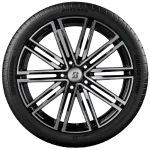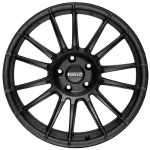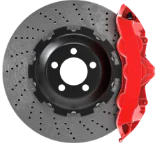Tyre Labelling
Article written by Bush Tyres
Tyre labelling information
Tyre Labelling is an important initiative which enables the motorist to better understand the real impact that tyre performance can have on their lives and on society as a whole.
Fuel Efficiency
This label relates to a tyre’s rolling resistance. It measures the amount of energy lost when a tyre is rolling, which is affected by the day-to-day wear and tear.
Tyres which have lower rolling resistance tend to provide better fuel efficiency. Thus receiving a better energy rating.
Wet Grip
The rating of the Wet grip label is based on stopping distances in wet conditions. In the real world, stopping distance is affected by a number of factors, but the main ones remain tyre grip and tyre pressure.
Tyre manufactures have the difficult job of balancing rolling resistance, which affects fuel economy, and road grip, which affects stopping distance.
External Noise Levels
The External noise rating is measured in decibels (dB) and was introduced to help drivers be more aware of noise pollution generated from a tyre. The goal is to reduce noise from road transport. It’s represented with black sound waves, starting with one for the lowest noise level.
Driving with quieter tyres is not only better for those around you, but it also reduces cabin noise making your journey more pleasant.
To Learn more, click here to view & download Michelin’s tyre labelling PDF.



 Tyres
Tyres Services
Services Fast Fit
Fast Fit Offers
Offers

